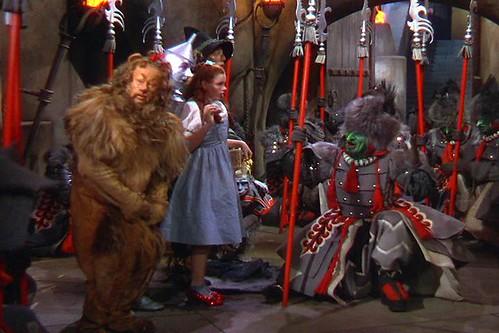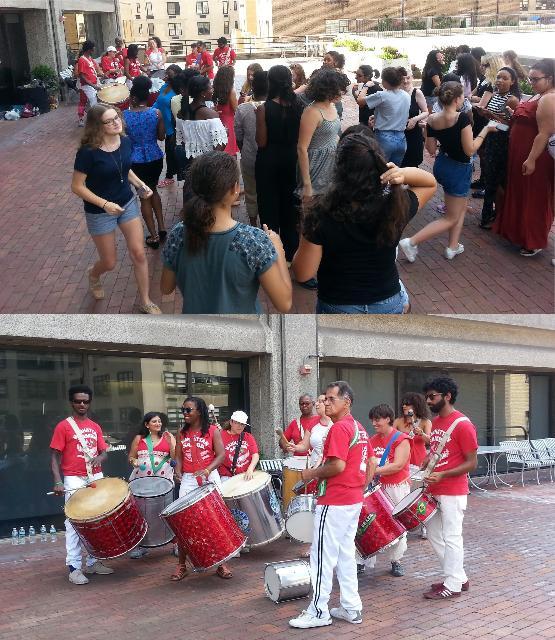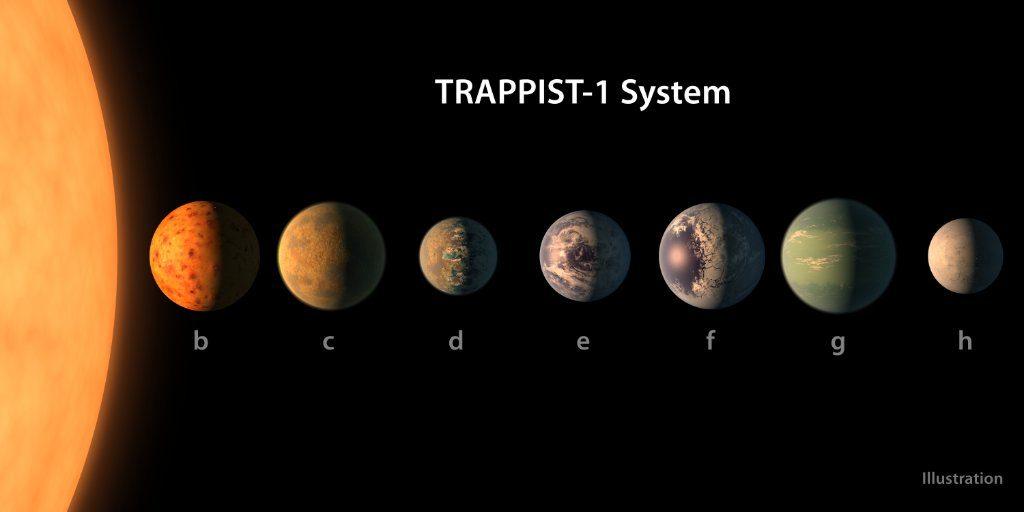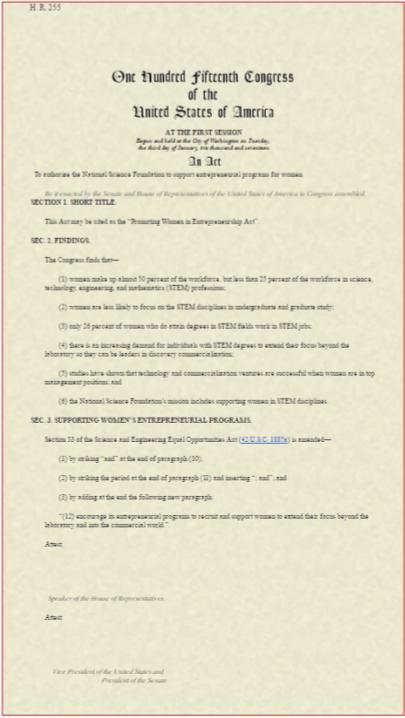
by Kay Kim, junior editor in chief
Almost every four years, the calendar marks 366 days in a year, instead of the traditional 365 days. This adds another day in February, called, the Leap Day
People wonder how Leapies (people born on Leap Day) celebrate their birthdays.
“I have a neighbor who was born on a Leap Day. He is only two years old in leap years, but he is physically eight years old. He usually celebrates [his birthday] on March 1st. But on February 29th, he would have a bigger party with more people and more balloons,” junior Stephanie Mantilla said.
Leap days happen because the earth takes approximately 365.24 days to make one revolution around the sun in a single year. (This is estimated to be 365 days, 5 hours, 48 minutes, and 45 seconds). Within four years, the almost-quarter days add up to an almost-whole extra day. Although the difference in days may seem small, the days can cause an incongruity between the “human years” and the astronomical years.
Until Julius Caesar came to rule in Rome, the Romans based their days on an inaccurate lunar calendar. They used a 355-day calendar that included an extra 22 days every two years. However, over time, there was a misaligning in the days. Feast days started to move into different seasons.
To fix this problem, Caesar and the astronomer, Sosigenes, created a new 12-month calendar that included 365 days. It also included a leap year every four years. However, this caused a problem, too.
Since the solar system is approximately .242 days longer and not exactly .25, Caesar’s model created a surplus of a little more than 11 minutes on an annual basis. By 128, the calendar was off by 11 days.
In 1582, Pope Gregory XIII came to fix the problem. He proposed a new calendar called, the “Gregorian Calendar”, which is the model that today’s society is most familiar with. In this system, leap years happen every four years, too.
However, on century years, such as 1800, 1900, and 2000, leap days only occur if the number of that year is divisible by both 100 and 400. For example, 2000 was a leap year because 2000 is divisible by both 100 and 400, without any remainders. However, 1900 was not a leap year because although 1900 is divisible by 100, it is not divisible by 400.
Leap years can also be ensured if that year is divisible four. This means that years that are divisible by four are leap years.
The next leap year will happen on Saturday, February 29, 2020.
Although the Gregorian Calendar is the utmost accurate calendar that is in use today, it is still not perfect. With the average length of a year lasting approximately 365.24 days, it will take almost 3,000 years for there to be an extra day in error.
“Where we are at [in terms of calendar] is what we would use for awhile. You never know if any region will adjust their calendar because it may work better, like the daylight savings time. Calendars are something people don’t believe in in the first place,” earth science teacher Ms. Mitsiadis said.











































